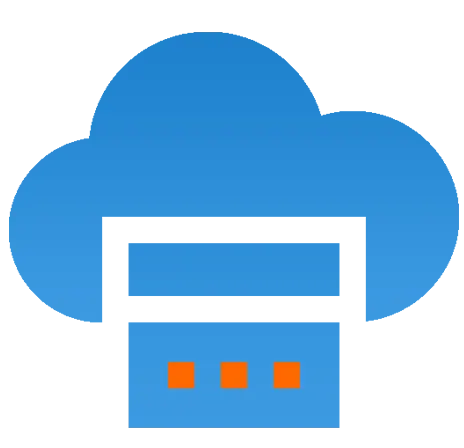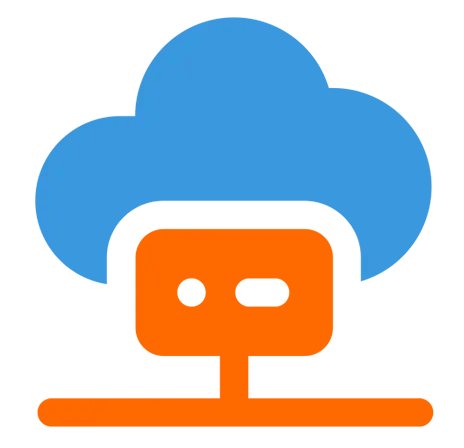 Server
Colocation
Server
Colocation
 CDN
Network
CDN
Network
 Linux Cloud
Hosting
Linux Cloud
Hosting
 VMware Public
Cloud
VMware Public
Cloud
 Multi-Cloud
Hosting
Multi-Cloud
Hosting
 Cloud
Server Hosting
Cloud
Server Hosting
 Kubernetes
Kubernetes
 API Gateway
API Gateway

JavaScript is one of the most popular programming languages used for web development. It enables developers to create interactive and dynamic web pages, making it a crucial component of modern websites. According to industry reports, over 98% of websites use JavaScript to enhance user experience.
Since its launch in 1995, JavaScript has evolved significantly. Initially, it was designed to add simple interactivity to web pages. However, today, it powers complex web applications, games, and even server-side development using frameworks like Node.js.
In this guide, we will explore the fundamentals of JavaScript, its key features, and how beginners can start using it effectively. We will also discuss its advantages, use cases, and important concepts to help you get started.
JavaScript is a high-level, interpreted programming language primarily used to create interactive web applications. Unlike HTML and CSS, which define structure and design, JavaScript brings websites to life by enabling dynamic content updates, animations, and user interactions.
JavaScript enables real-time updates and interactive elements like sliders, dropdown menus, and pop-ups, improving user engagement.
Most web browsers, including Chrome, Firefox, and Edge, support JavaScript, making it a universal language for web development.
With Node.js, JavaScript can now be used for back-end development, allowing developers to create full-stack applications using a single language.
JavaScript executes directly within a browser, reducing server load and enhancing performance.
With AJAX and Promises, JavaScript allows seamless background data fetching without interrupting user experience.
JavaScript supports prototypal inheritance, making it flexible for building complex applications.
To begin using JavaScript, you only need a browser and a text editor like VS Code or Sublime Text. You can run JavaScript within the browser's Developer Console.
Here is a simple example to print a message in the browser console:
console.log("Hello, JavaScript!");
JavaScript syntax includes variables, functions, loops, and conditional statements. Here’s an example of a function:
function greet(name) {
return "Hello, " + name + "!";
}
console.log(greet("Alice"));
JavaScript powers front-end frameworks like React, Angular, and Vue.js, enhancing website functionality.
With libraries like Phaser.js, developers can create engaging browser-based games.
Using Node.js, JavaScript can handle server-side tasks, making it a versatile language for developers.
JavaScript is a powerful and widely used programming language that plays a vital role in modern web development. It enhances user interaction, supports both front-end and back-end development, and provides dynamic functionalities to websites. By understanding its basics, beginners can take their first steps toward mastering this essential language. Start learning JavaScript today to build interactive web applications and expand your programming skills!

Let’s talk about the future, and make it happen!
By continuing to use and navigate this website, you are agreeing to the use of cookies.
Find out more


